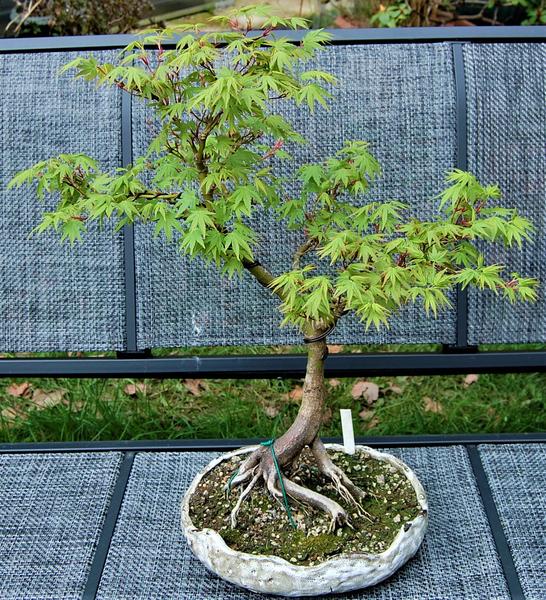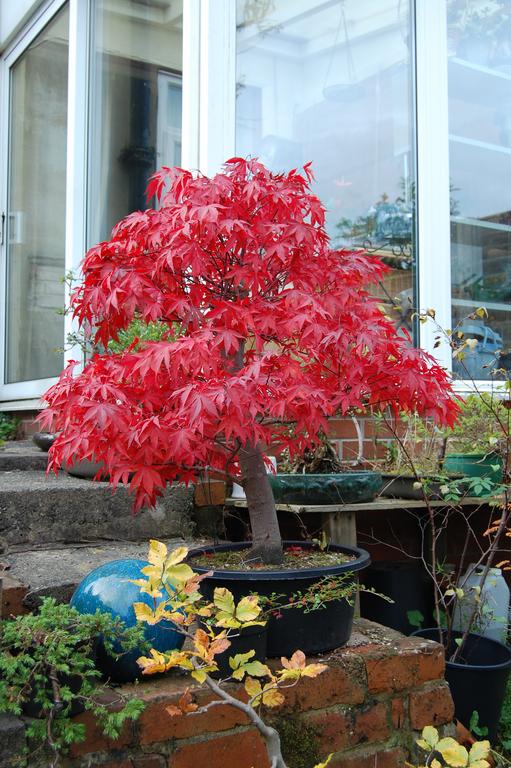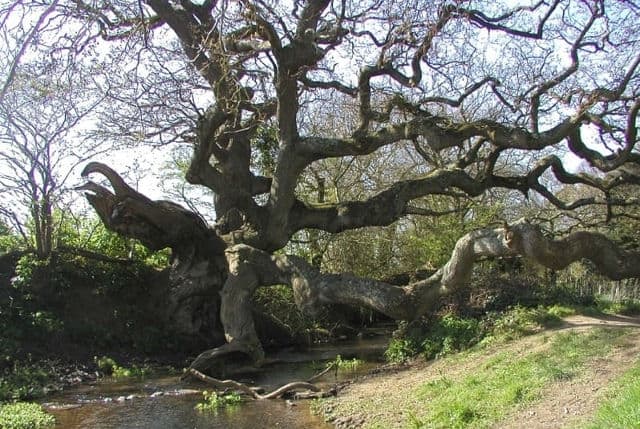Looking in the wrong places maybe.
The Fairy Tale Bonsai Style (FTS) by Walter Pall www.walter-pall.de When the International Bonsai Academy was at Sebastijan Sandev...

walter-pall-bonsai.blogspot.com
. . .
I am not sure whether that is the aim of bonsai, to replicate existing trees.
The lack of scars, blemished etc on trunks comes from the strive to perfection in Japanese culture I would say. . . Add then doing this with a seedling and over 50 years growing it out: That is a show of dedication, self-constraint, vision and skill.
I just started with Walter Pall! He’s like me from what I’ve seen so far in that he’s often a nonconformist but I haven’t read and watched a lot with him yet. I’ll have to look at more of his stuff!
“ It has been around for well over a thousand years. The ultimate goal of growing a Bonsai is to create a miniaturized but realistic representation of nature in the form of a tree. Bonsai are not genetically dwarfed plants, in fact, any tree species can be used to grow one.” This is a quote from Bonsai Empires website and if you google what is bonsai you’ll find this type of explanation is almost always the definition. Yet most bonsai “rules” people talk about which comes from the traditional aesthetic seem aimed to disregard the natural appearance of the original species.
Dan Robinson disregards the triangles and 1-2-3 system as unnatural and limiting but then says
“Here I must develop and articulate the four principles of Bonsai design and creation which permeate my productions. I call them principles rather than rules just as I prefer the term teacher to master; there is something sinister about "Rules and Masters." My principles of Bonsai are as follows:
1. All trees deserve to have deadwood, and it's best when sculpted and refined to be a value-added element to the tree.
2. All man-made pruning scars are inappropriate and ugly; no dreaded bulls eyes, please.
3. All trees deserve crooked, gnarly, undulating branches.
4. Wire training is essential to bonsai control and design. Try not to encumber a tree with needless wire, use guys and pulls when possible in lieu of heavy wire.”
He doesn’t want man made scars but makes his own scars and interest points. Specifically saying no bullseyes please. Yet Dan was on my mind when I saw at least 5 wild oaks with “bullseyes” in the wild in that same area. At first I was thinking I agreed with him about all trees embracing deadwood, but when you read more of his writing (Seems contradictory to me and he’s a proponent of natural styles of ancient trees and not being limited to the western principles which older bonsai didn’t have.
The point of the original post was to show that almost every tree I encounter in nature has the flaws we’re trying to eliminate. The shots weren’t meant to be artistic, just a bunch a quick shots to show that every tree encountered in a a 300 square yard area had serious “flaws”. I could continue that series of shots across all the hundreds of acres and on every tree except the youngest saplings.
The fact that my idea has stirred up so many countering opinions saying that I don’t understand also helps emphasize my point. The
The point I want to make about my dream tree is that I love the giant spreading live oak clusters where there are three-six oaks spread out arching to the ground with a dome canopy and almost nothing inside except gnarled branches supporting that canopy. I think it would look amazing miniaturized and yet it goes against most principles people follow in modern bonsai.
I just want people to look around them and get inspired by what the trees around them. Remembering that trees struggle and scars and lost branches are part of what gives them character. Think of cascades and windswept trees. If they’re forced into these shapes by the wind and storms and their own weight etc, then doesn’t it stand to reason that they’d have scars from that experience? Especially given that a almost every standing tree around me has a plentitude of scars? Think of cypress where people do jinn on the trunk chops for lightning struck looks. That’s embracing it. Why can’t deciduous growers embrace their scars? Maybe I am wrong and people want their trees to look like they didn’t struggle to get where they are but those scars are something that old trees should collect just like old war veterans. We want our trees to be miniature old growth trees but flawless? That’s an oxymoron to have old growth with no scars. Real trees have them and so do real people.
Here I go with another giant post trying to explain it. I’m gonna buy Dan Robinson’s book just so I can edit all his principles to explain my point next time. Lmao
TLDR real trees have scars, most people say bonsai is about creating miniature replicas from full size specimens through grooming and try to eliminate scars from the process. I disagree. Because all trees have scars and most have deadwood and other “flaws”. Why do we try to eliminate them in our deciduous bonsai?!?!
 www.bonsainut.com
www.bonsainut.com













 IMG_4656
IMG_4656 IMG_4658
IMG_4658